
PR
For the first time in a long time,village of Suiovisited the
To get to Mizuo, take the Sanin Sagano Line from JR Kyoto Station and get off at Hozukyo, the next unmanned station after Saga-Arashiyama Station. Although the station is on the opposite side of Mt. Atago-yama from Arashiyama, which is crowded with tourists, the atmosphere is quite different.The Hozu River flows beneath the elevated railroad tracks, creating the atmosphere of a mountain village.It is.
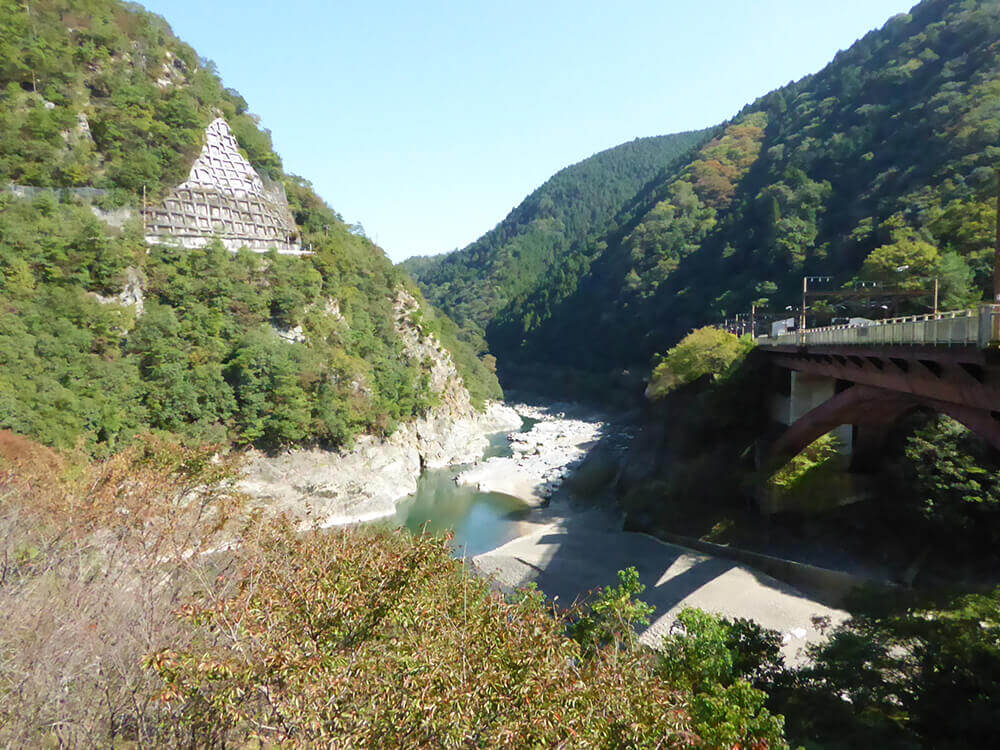
JR Sanin Sagano Line and Hozugawa River
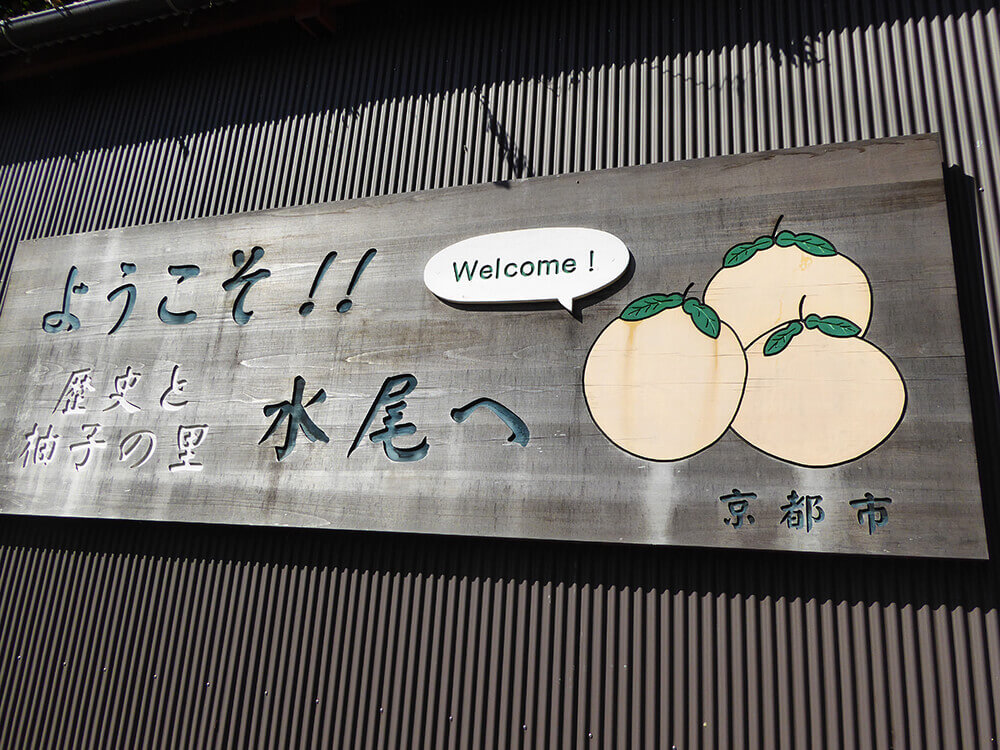
Welcome to Mizuo sign
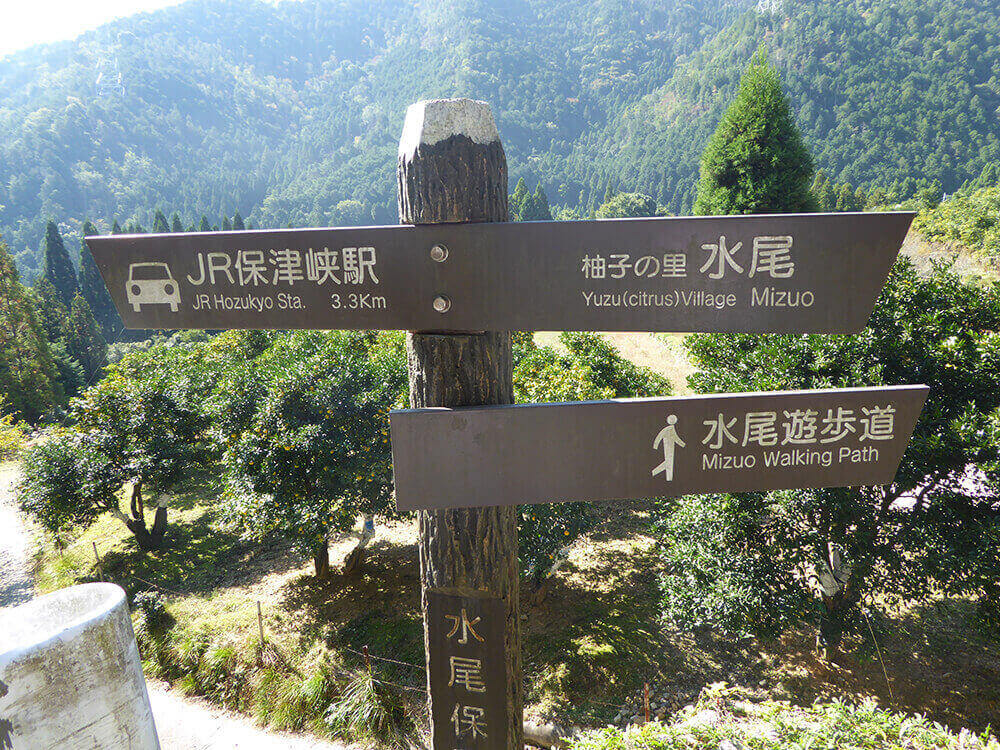
Sign indicating Hozukyo Station and Mizuo no Sato
Walking through this village in the fall and winter, you will see yuzu citron fields here and there.Brightly colored yuzu trees bear fruit in profusion.The first is the "I" in the "I" column.
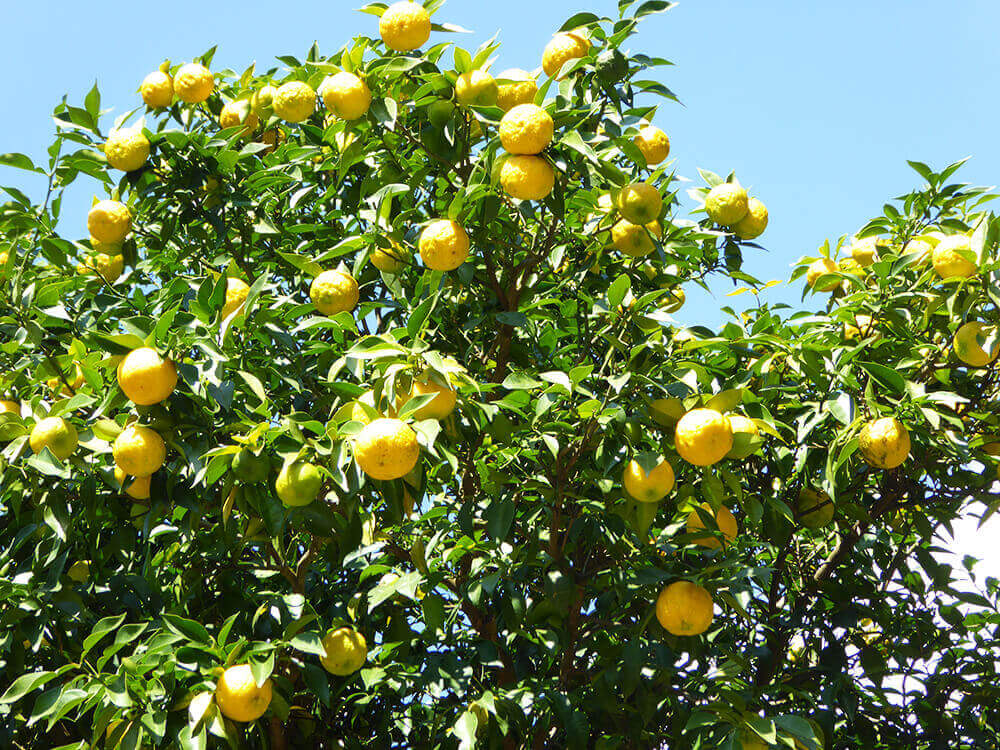
Yuzu tree and fruit
Fall through spring,Visitors are treated to yuzu (citron) soup and chicken hot pot at a private house in the village.
Traditionally,Custom of taking a yuzu bath on the winter solsticeThere is a The winter solstice is the longest night of the year. In the days when there were no electric lights, etc,Ancient people, who feared darkness, abhorred the winter solstice as the day closest to death, and have focused their wisdom on various ways to ward off bad luck.One custom that is still passed down today is to take a yuzu bath and pray for good health. It has long been said that the strong aroma of yuzu is said to ward off evil spirits. Yuzu is one of the strongest citrus fruits in the citrus family, and its strong aroma has been used not only for food, but also as a plant with spiritual powers to ward off evil spirits and evil spells.
Taking a yuzu bath on the winter solstice is said to be connected with the word "toji," meaning a cure for a cold, and yuzu is said to be associated with flexibility. Soaking in hot water with yuzu berries floating in it is said to prevent catching a cold, and is also effective for back pain, rheumatism, and sensitivity to cold. Yuzu is rich in vitamin C, which promotes blood circulation, and its peel is said to contain high levels of vitamin E, which helps smooth the skin.
The yuzu is said to have first appeared in Japanese literature in the Shoku Nihongi. It is said to have come from mainland China and the Korean peninsula, and is now only produced in parts of Japan and Korea. The well-known places where the yuzu is produced are,Mizuo, a hidden village in KyotoIt is.
Mizuo, also called "Mizunoo" (meaning "water tail" or "water male"), has long been known as a place where clean water springs. The subterranean water and the cold climate nurtured highly aromatic citrons, which were already prized in the capital as "Mizuo no yuzu" in the Edo period (1603-1868). Going back even further in time, there was an emperor who loved the yuzu of this village so much that he was also known as the "Emperor Mizuno'o no Mikado. He was the founder of the Seiwa Genji clan, Emperor Seiwa (850-880). Mizuo was the place where Emperor Seiwa retired after his ascension to the throne, and his mausoleum is located there.
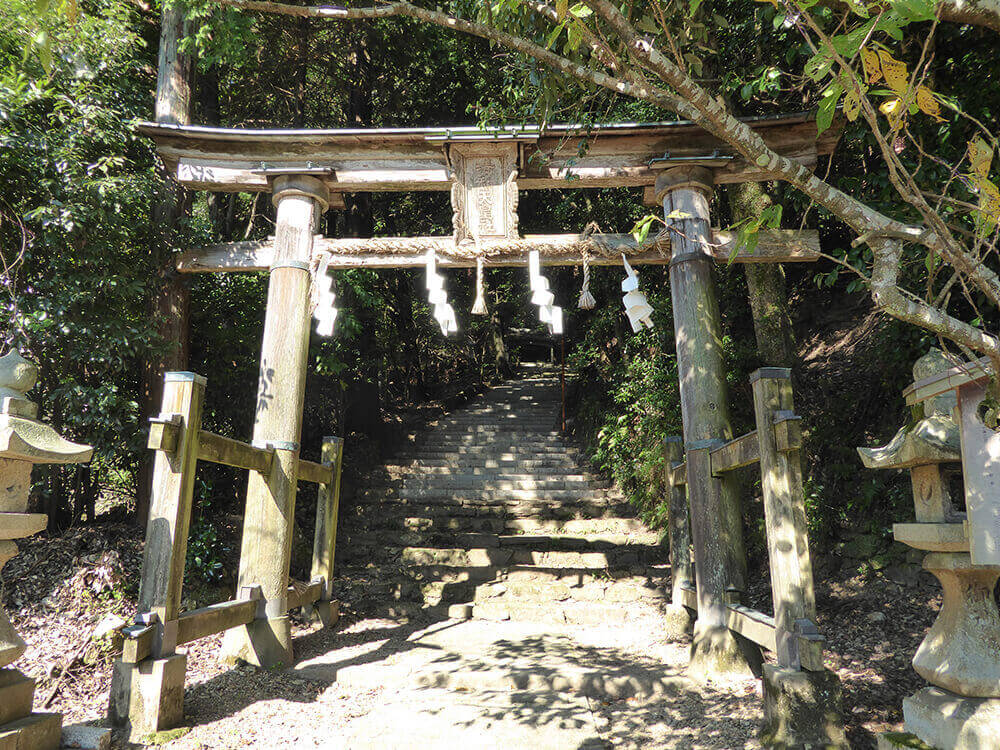 Kiyowa Shrine
Kiyowa Shrine
While walking through the village, I met an old man who told me an interesting story passed down in the area.Emperor Seiwa's mausoleum where treasures are buried and a golden bird is buried with him.It is said that this is the case. I have heard that when emperors and other rulers fall, golden cranes and turtles are buried in their mausoleums. We left the yuzu-scented village, enjoying the atmosphere of the village and thinking about the golden cormorant said to be buried there and the Emperor Seiwa who spent his days in Suio.
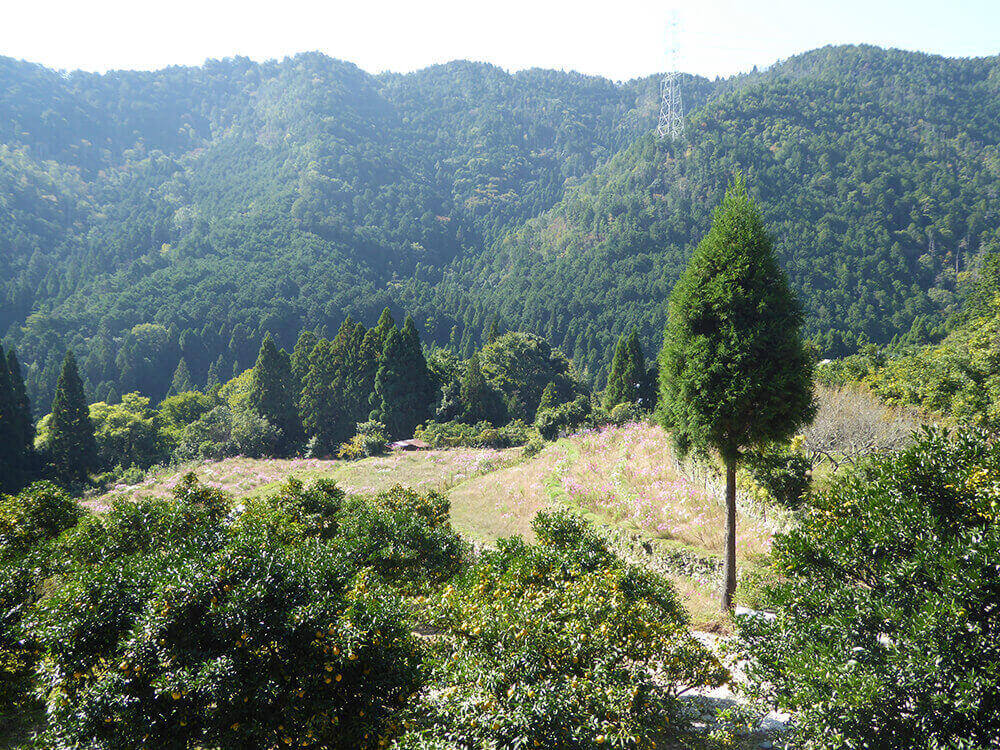
Mizuo village and in the foreground, a yuzu citron field
I later checked the literature and could find no mention of golden cormorants. However,The International Research Center for Japanese Studies' Database of Monsters and Spectersand found a hit that corroborated the lore of the village of Mizuo. It says that a "golden cormorant (kinnou)" is buried under the mausoleum. However, it is not clear if it is just aIf you dig it up, you'll be punished.It said, "The legend of the treasure is a legend of the treasure. Although such stories are always associated with treasure legends, it would be better not to pry too much into them.
This fall, a series of personal mishaps have befallen me. On the winter solstice, I soaked in a yuzu bath using the yuzu I received,Praying for good health and good fortune while relieving the fatigue of the year.I would like to do the following.
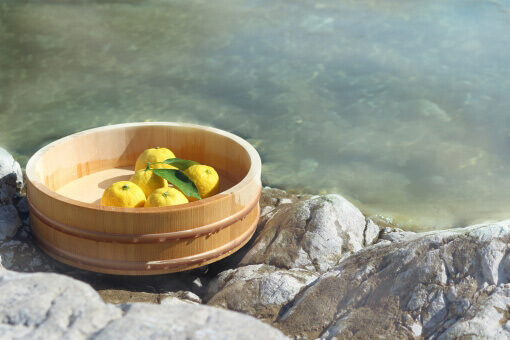
Image of yuzu bath (free material)
Tradition that exists everywhere in the city of Kyoto. It is not just a picture, it is secretly alive in this modern age and continues to coexist with people. The two of Office TO, who previously wrote a series of articles "Kyoto's Demon World Exploration" in the monthly magazine Leaf, explore the mysterious "different" world of Kyoto, which was created over 1200 years. I will unravel the story while actually visiting the place. .
 News
News Feature article
Feature article Featured event
Featured event